Recently, the American Heart Association has changed the CPR
procedures when helping someone who needs CPR.
Even if you aren’t CPR certified, this is good information for you
to know, simply because you never know when you might be called
upon to help someone.
The change is this – when doing CPR you want to start with hard and
fast chest presses before giving mouth to mouth. According to Dr.
Michael Sayre, “The change puts the simplest step first for
traditional CPR.”
In recent years, the CPR guidelines have been revised to put more
emphasis on chest pushes for sudden cardiac arrest. The reason for
this is untrained bystanders or those unwilling to do rescue
breaths could do hands-only CPR until paramedics arrive or a
defibrillator is used to restore a normal heart beat.
The old way of doing CPR was to give to breaths and then 30 chest
compressions. Dr. Sayre said that approach delayed chest presses,
which keep the blood circulating.
“When the rescuer pushes hard and fast on the victim’s chest,
they’re really acting like an artificial heart. That blood carries
oxygen that helps keep the organs alive till help arrives,” said
Sayre, an emergency doctor at Ohio State University Medical Center.
The new guidelines also say that rescuers should be pushing deeper
than before…at least 2 inches in adults.
Make sure you pass this on to your friends and family members.
Even if you don’t go through a CPR class and get certified, in an
emergency that requires someone to do CPR, you now know enough to
help this person before medical help arrives.
Have a great day!
Sincerely,
Dr. Justin Trosclair dc
